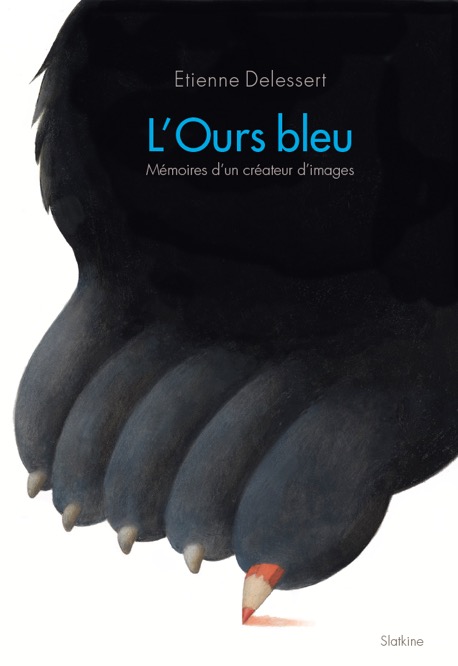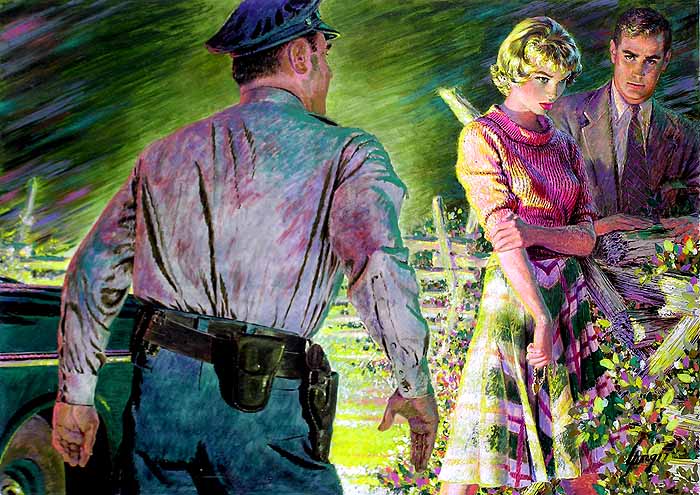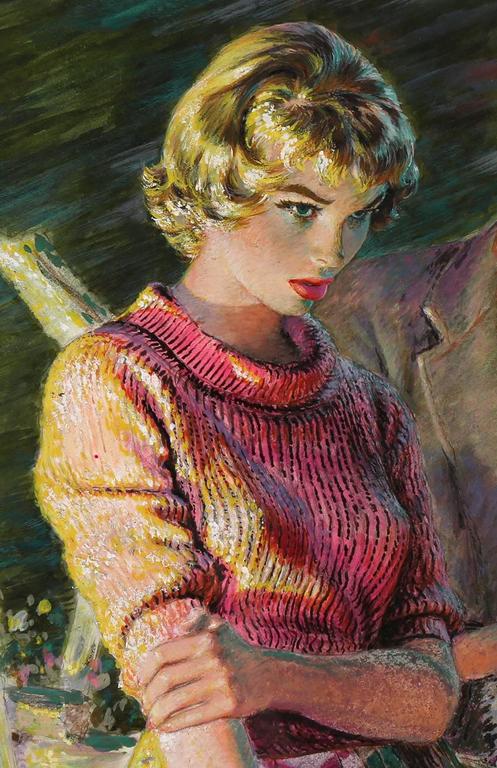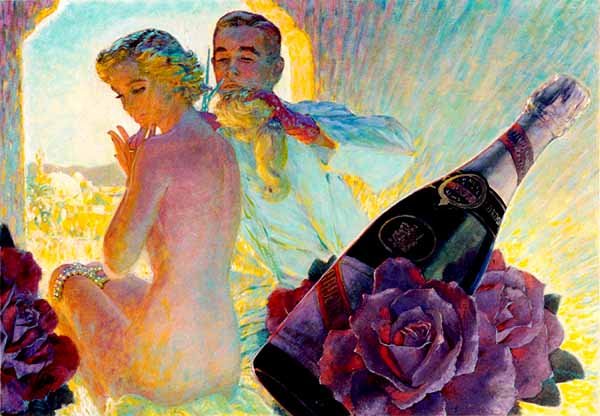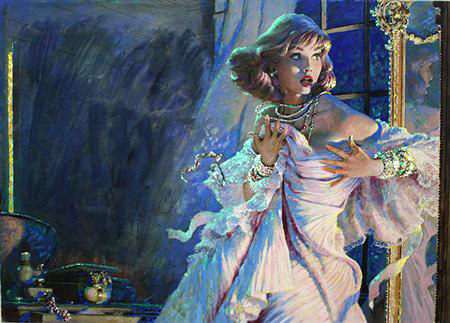Originally born in Switzerland, and now residing in Connecticut, Delessert creates work that could be summed up in one word: unnerving. Upon visiting his website, one of the first sentences written in to his biography states the following.
“For more than thirty years this self-taught artist has been translating his-and the world’s-ideas, passions, fantasies and nightmares into the visual language of books, magazine illustrations, posters, animated films, paintings and sculptures. He reaches both children and adults with his imaginary creatures and landscapes, juxtaposing the familiar with the fantastic to clarify this world and create new and lasting universes”
~ etiennedelessert.com

Ok. Reading this the fist time, I thought to myself, “Yeah. Yeah! That seems like a normal artists statement.” And then I reread it, and reread it again, because something didn’t sit right with me. Later I realized that it was the use of the word “nightmares” in such close proximity to the phrase “reaches both children and adults.” I let this sit for a moment while I clicked my way over to the gallery portion of his self-titled website. And then I understood.
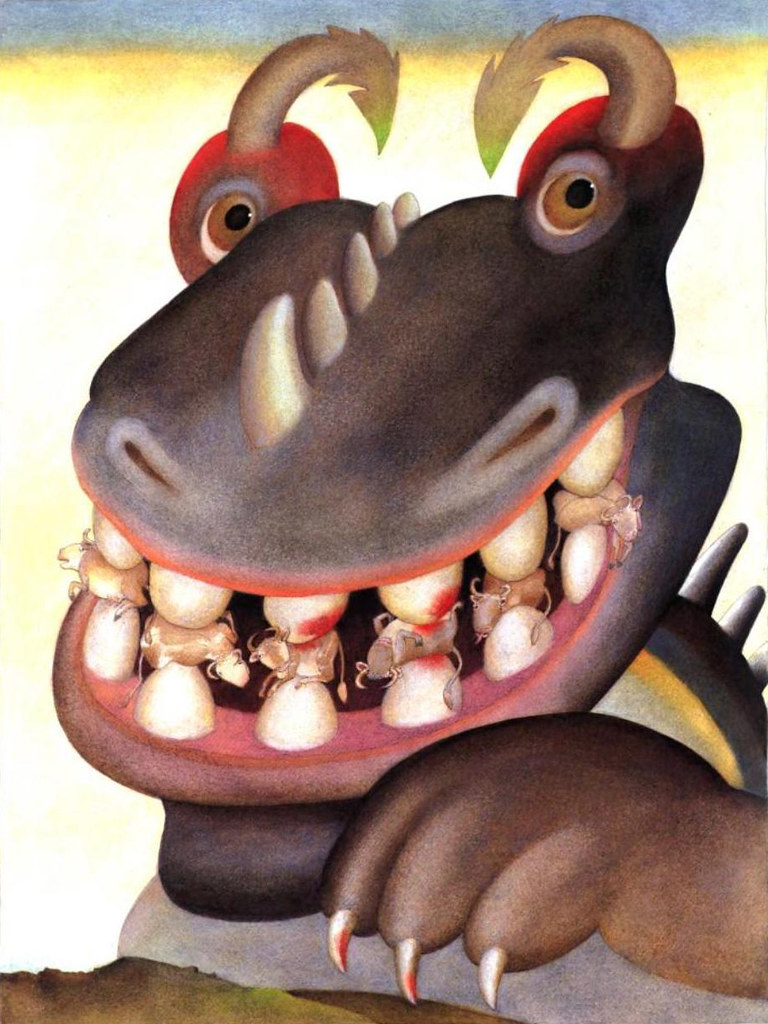
Although Delessert’s most identifying pieces are geared towards children, there is an undeniable uncomfortable quality to every single one of them. Sometimes it’s as simple as the unnatural colours of his characters eyes, or their strange, elongated features. It’s hard to put it into developed, educated words, but let me try and explain to you how these pieces make me feel.

It’s almost like these scenes all occur in the opening scenes of CSI Miami, or even worse, Law and Order. There’s always the sense that you’re watching something that you’re not supposed to; or that you’re doing something immoral by observing the scenes Delessert creates. That aside, though, these creepy illustrations have appeared in over 80 books, translated in over 14 languages, and have sold millions of copies world wide. So I’m seemingly alone in the whole crime show sentiment, and the public and professional world is enamoured with his work.
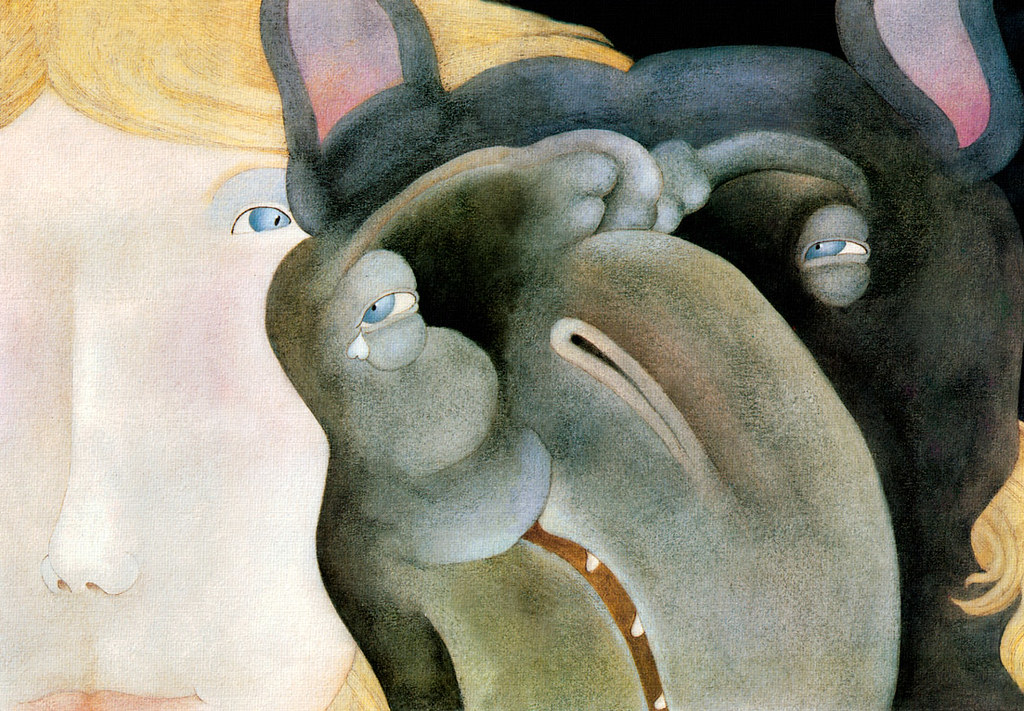
So much so, that his website states: “Twice he was honored by the Premio Grafico of the Bologna World Children’s Book Fair. His illustrations have appeared in leading magazines and newspapers such as The Atlantic Monthly, Le Monde and The New York Times. His animated films include the adventures of the endearing Yok-Yok and creations for Sesame Street.”

His illustrative work’s reputation surpass the threshold of expectation. Delessert boasts a one man retrospective housed by the Louvre, as well as a separate travelling collection that now lives in the Library of Congress in Washington DC. His autobiography, titled “The Blue Bear”, was published by Slatkine Editions in 2015. Perhaps the most remarkable fact of his career is that Etienne is self taught. Still working as an illustrator, his process changed from an entirely traditional approach to a combination of tactile mediums and digital methods. His primary goal of his career, he states, is “to create stories that make children ask questions.” And whether the viewer is a child or adult, there is no denial that Delessert’s work does exactly that, and will for the rest of his promising career. That being said, his work is creepy as hell. Just saying.
